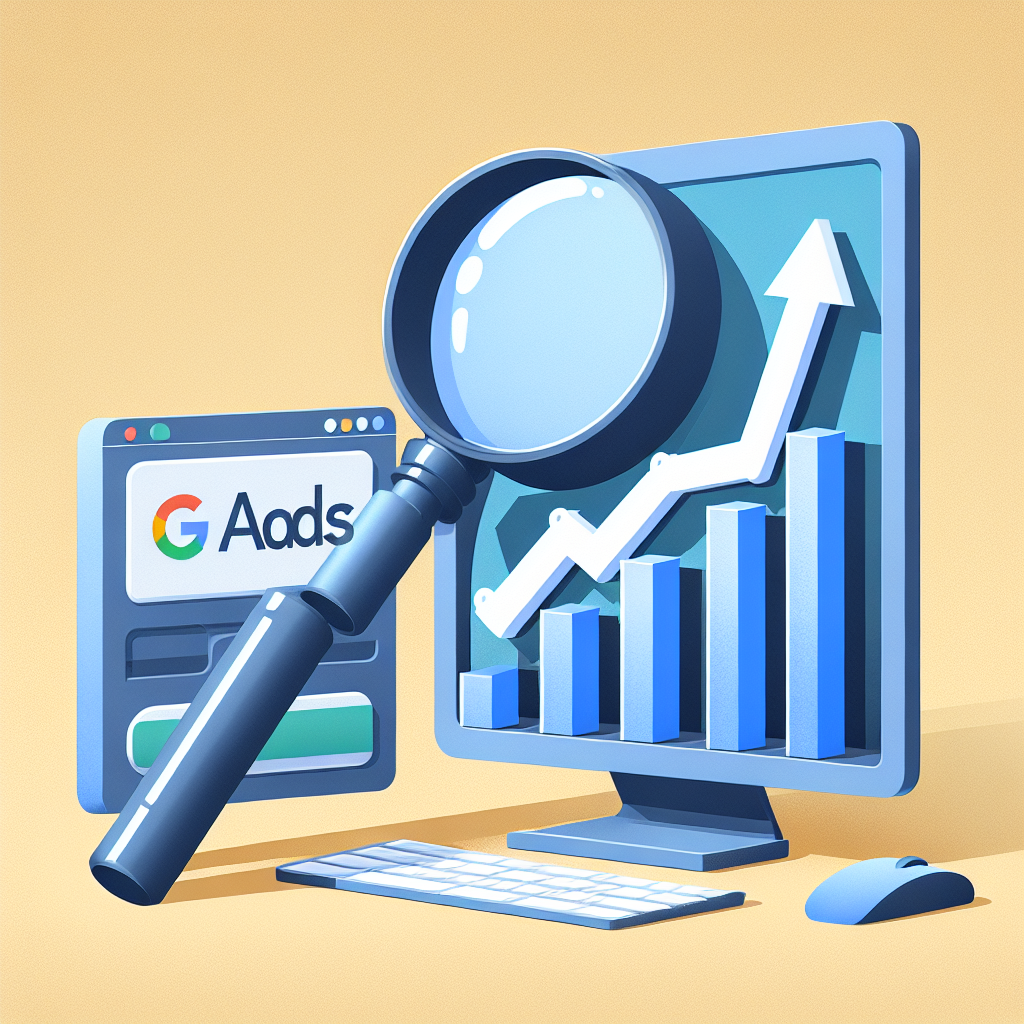Maximizing ROI with Google Ads Services: A Complete Guide

Introduction
Google Ads is one of the most powerful tools available to businesses looking to increase their online presence and drive sales. With over 3.5 billion searches conducted on Google every day, the potential reach of Google Ads is immense. However, simply running ads on Google is not enough to guarantee success. To truly maximize your return on investment (ROI) with Google Ads, you need to have a solid strategy in place.
Understanding Google Ads
Google Ads is an online advertising platform developed by Google, where advertisers pay to display brief advertisements, service offerings, product listings, or videos to web users. It can place ads both in the results of search engines like Google Search and on non-search websites, mobile apps, and videos. The platform operates on a pay-per-click (PPC) model, meaning advertisers only pay when a user clicks on their ad.
Types of Google Ads
There are several types of Google Ads that businesses can utilize to reach their target audience:
- Search Ads: Text ads that appear at the top of Google search results when users search for specific keywords.
- Display Ads: Visual ads that appear on websites within the Google Display Network.
- Shopping Ads: Product listing ads that appear at the top of Google search results when users search for products to buy.
- Video Ads: Ads that appear before, during, or after YouTube videos.
Creating a Google Ads Strategy
Before diving into Google Ads, it’s essential to develop a solid strategy to ensure you get the most out of your advertising budget. Here are some key steps to consider when creating a Google Ads strategy:
1. Define Your Goals
What do you want to achieve with your Google Ads campaign? Whether it’s increasing website traffic, generating leads, or driving sales, clearly defining your goals will help you tailor your ads to meet those objectives.
2. Conduct Keyword Research
Keyword research is crucial for identifying the search terms your target audience is using. By selecting the right keywords, you can ensure your ads are shown to users who are actively searching for products or services like yours.
3. Create Compelling Ad Copy
Your ad copy is what will entice users to click on your ad, so it’s essential to make it compelling and relevant to your target audience. Highlight your unique selling points and include a strong call-to-action to encourage users to take the desired action.
4. Optimize Landing Pages
Once users click on your ad, they should be directed to a landing page that is relevant to the ad and provides a seamless user experience. Make sure your landing page is optimized for conversions and includes clear call-to-action buttons.
5. Monitor and Optimize Performance
Regularly monitor the performance of your Google Ads campaign and make adjustments as needed. Test different ad variations, keywords, and targeting options to see what works best for your business.
Maximizing ROI with Google Ads
Now that you have a solid Google Ads strategy in place, it’s time to focus on maximizing your ROI. Here are some tips to help you get the most out of your Google Ads campaigns:
1. Set Clear KPIs
Key performance indicators (KPIs) are essential for measuring the success of your Google Ads campaigns. Whether it’s click-through rate, conversion rate, or return on ad spend, make sure you have clear KPIs in place to track your progress.
2. Implement Conversion Tracking
Conversion tracking allows you to track the actions users take after clicking on your ad, such as making a purchase or submitting a contact form. By setting up conversion tracking, you can measure the effectiveness of your ads and optimize them for better results.
3. Use Ad Extensions
Ad extensions are additional pieces of information that can be added to your ads to provide more context to users. By using ad extensions like sitelinks, callouts, and structured snippets, you can make your ads more informative and increase the likelihood of users clicking on them.
4. Target the Right Audience
Targeting the right audience is crucial for maximizing ROI with Google Ads. Use targeting options like demographics, interests, and remarketing to ensure your ads are shown to users who are most likely to convert.
5. Test and Optimize Continuously
A/B testing is a powerful tool for optimizing your Google Ads campaigns. Test different ad variations, landing pages, and targeting options to see what resonates best with your audience and drives the highest ROI.
FAQs
Q: How much should I budget for Google Ads?
A: The amount you should budget for Google Ads depends on your business goals, target audience, and industry. It’s best to start with a small budget and gradually increase it as you see results.
Q: How long does it take to see results from Google Ads?
A: The time it takes to see results from Google Ads can vary depending on various factors, such as your industry, competition, and ad quality. It’s essential to give your ads some time to optimize and make adjustments as needed.
Q: Can I run Google Ads on a limited budget?
A: Yes, you can run Google Ads on a limited budget by focusing on highly targeted keywords, optimizing your ad copy and landing pages, and continuously monitoring and optimizing performance.
By following these tips and strategies, you can maximize your ROI with Google Ads and drive significant results for your business. Remember to continuously monitor and optimize your campaigns to ensure you’re getting the most out of your advertising budget.



